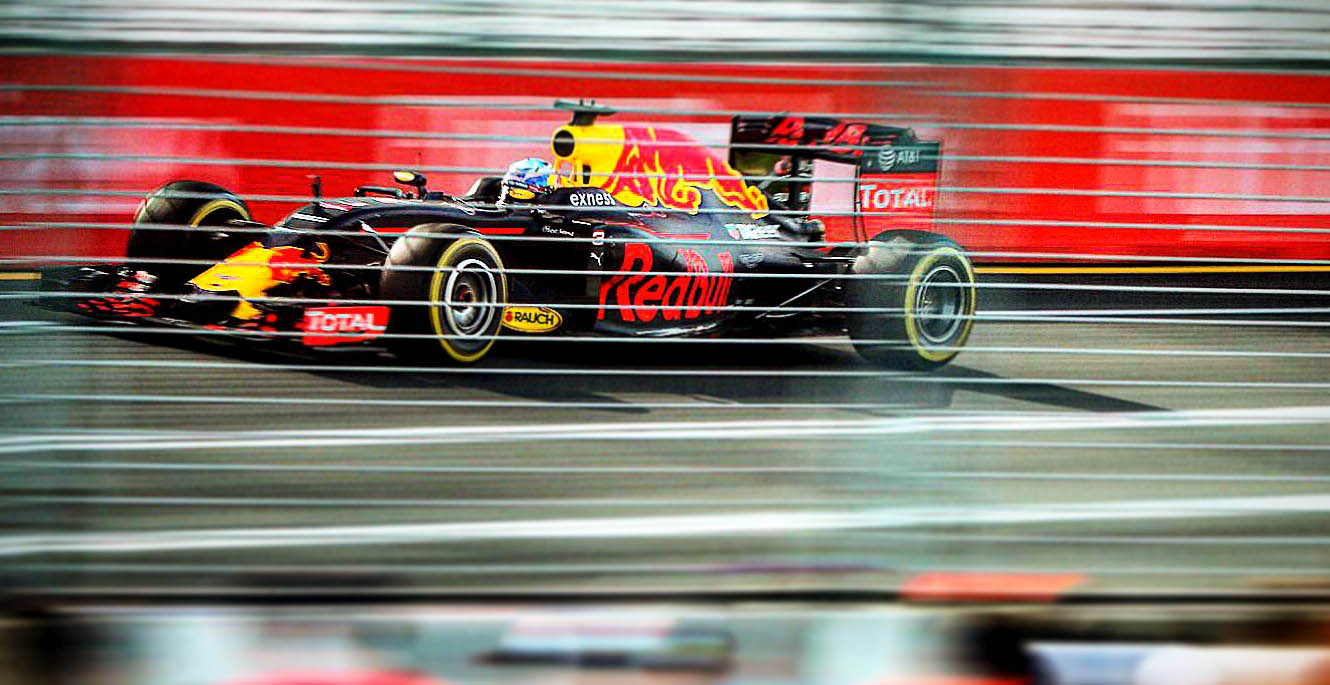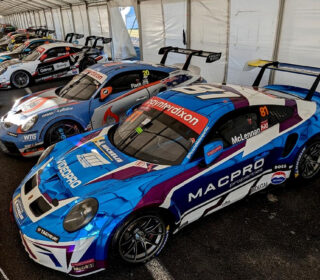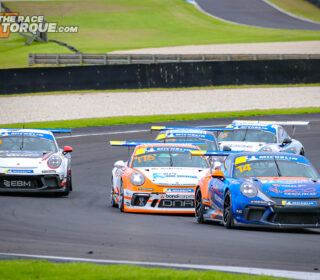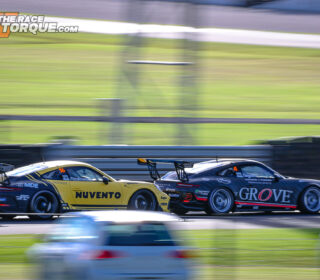WALKER: HIPSTERS, RED GUMS AND FORMULA 1

Formula 1 at Albert Park puts a tick in a lot of boxes, but first, a history lesson.
Before a time when hipsters rode their fixie bikes to the cafes and vegan juice shops of South Melbourne, and long before the current breed of vacuum cleaner sounding V6 powered F1 cars raced around the lake, the Albert Park area was largely a swamp that drained the Yarra River into the bay via a lagoon.
There are still remnants of early history within the park precinct, with a 300-year-old red gum at the St Kilda junction corner of the park. Aboriginal tribes inhabited the area for tens of thousands of years, and this tree is thought to be home to corroborees towards the end of that time.
Once Europeans established in the area, the Yarra was diverted to its current course, with the parkland around the lagoon used for activities such as hunting. In fact, the hunter and gathers amongst the population can still partake in fishing along the current concrete lipped shoreline.
The lagoon was excavated, and the lake was formed in 1880. Largely, the lake isn’t terribly deep. Having witnessed an unfortunate person fall off a boat near Gunn Island, they were easily able to stand up and walk to shore.
The area was used for a variety of reasons over the years, including as a military camp during both World Wars, as a garbage dump, and for many different sporting pursuits.
One such activity was motor racing. Between 1953 and 1958, six race meetings were held around the lake, two of those being the AGP.
The track ran in the opposite direction, along reasonably similar lines to the current layout, except for the chicanes, around the current pits and near the aquatic centre.
Sir Stirling Moss was a multiple victor at the venue, including the 1956 Australian Grand Prix. In ’58, Moss claimed the Melbourne Grand Prix aboard a Cooper Coventry Climax, setting an ultimate lap record for the configuration of a 1:50.0sec. Fast forward 46 years to 2004, Michael Schumacher aboard a Ferrari F2004 set the benchmark for the 300 metre longer modern version of the track at 1:24.1sec.
Fingers crossed the internet has made you feel ever so slightly enlightened today.
By the time Martin Brundle showed the world how to make an impression with his inverted approach to the third turn for the venue as a World Championship grade race track in 1996, Albert Park had been brought into the modern era.
Jeff Kennett, the former Victorian Premier who was instrumental in poaching the race from Adelaide in 1993, once lamented to me that he wished they kept the infrastructure permanently in place, saving money on the build-up and knock down phases of the event.
Could you imagine how epic a permanent Albert Park race track would be?
Back to putting ticks in boxes.
The first is that there is no better advertisement for Melbourne as a city than having a Grand Prix held in its heart. From a television timezone perspective, it’s just about spot on to capture the best possible audience at breakfast in Europe, late night in the USA, and mid-afternoon in Asia. Being the first event of the year is also good thing for ratings.
The helicopter shot in the opener over Port Phillip Bay, St Kilda Beach, the Lake and the city is magic. That’s the sort of thing that makes people want to visit your city.
For a street circuit, it’s in an enviable position that it is self-contained within one rather massive city block. Only the back straight of the circuit ever carries a large quantity of city traffic, and that is absorbed by other nearby arterials during race week.
Having lived adjacent to the Surfers Paradise street circuit, the lead up to the race caused a rather large ice cream headache for anyone trying to commute through the area.
The track layout is cool. Tick. Formula One, for all the flaws inherent with the current generation of machinery, is still cool. Tick.
Access to the track is another big tick. In that corner of Melbourne, the trams and buses are plentiful, and it’s a pleasant stroll to the nearest train stations or row of cafes. One possible negative to this efficiency, is that unlike Surfers Paradise or Adelaide, the trackside punters aren’t captive in an end of the city, thus it can lack a bit of post-race atmosphere.
That said, the atmosphere inside the venue is cool. Melbourne is rather sports mad, and they don’t mind heading out to big events and getting behind them. Think The (MC)G, horse racing and the tennis.
Formula One though hauls a different audience out of the suburbs. Over the years, I have stood trackside waiting for the main race to start, and have overheard most of the people around me speaking with an accent, or in an altogether foreign language.
That’s the attraction of a world class event – you draw in people from all over the world.
That’s why it is important to Melbourne.
WORDS & IMAGE: Mark Walker














